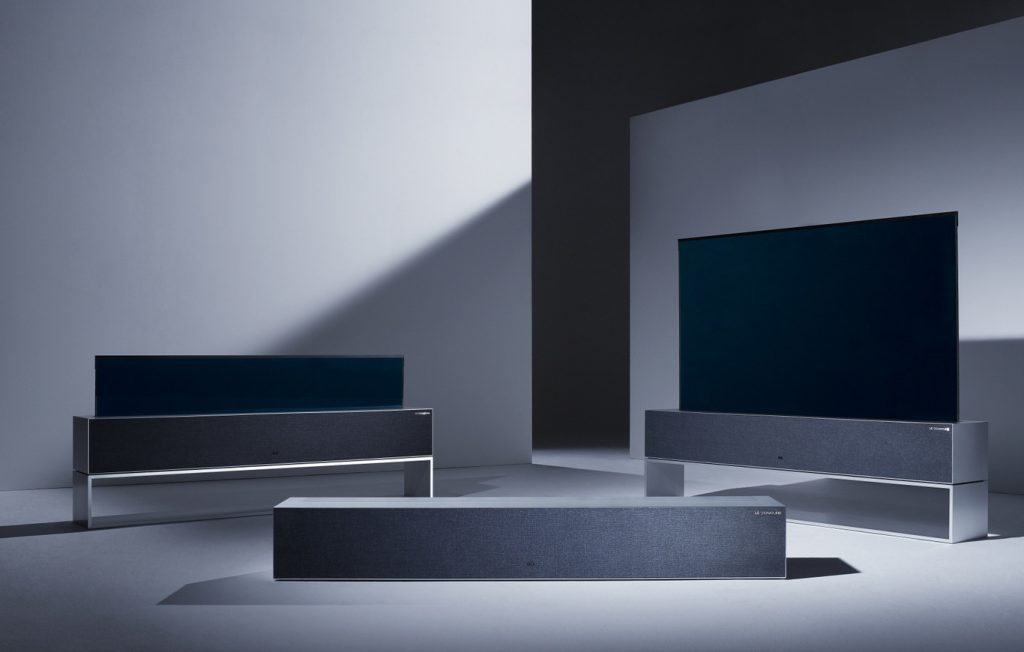We have been hearing about the arrival of flexible screens in our lives for some time. There are several brands that have already presented their prototypes and work to bring their products to market as soon as possible. However, a sea of doubts is presented when thinking about this technology. Is it durable? And profitable? Why is it taking so long?
We have been hearing about the arrival of flexible screens in our lives for some time. There are several brands that have already presented their prototypes and work to bring their products to market as soon as possible. However, a sea of doubts is presented when thinking about this technology. Is it durable? And profitable? Why is it taking so long?
Something similar happens with the Huawei Mate X that, five months after its official presentation at the Mobile World Congress 2019, it is still unknown when it will be ready to be marketed.
The first folding mobile
However, you can now buy the first folding smartphone on the market, a title that holds the Royole FlexPai, a terminal owned by a Chinese company called Royole.
Although, judging by the reviews of those who have been able to prove it, it seems that we are not facing one of the mobiles of the year and being the first is about how little it can boast.
One of the main problems it presents is that the screen folds out, so it is exposed at all times. In addition, the panel is only protected by a thin sheet of plastic that is scratched even with nails. One feature, that of being protected only by a plastic sheet, which seems to share with Samsung and Huawei models.
The first roller TV
In the search for a large TV that is as intrusive as possible, LG introduced a new TV with a roller OLED panel at the beginning of the year: the Signature OLED TV 65R9 model.
In the photo that opens this section, you can see the three states in which it is possible to use this model: one for listening to music; another for actions that do not require the entire screen such as checking the time, time or showing photos and the normal TV position.
At the moment, LG has not revealed when this TV will arrive in stores or how much it will cost.
How is it possible?
First of all, hearing about electronic devices that can be folded or rolled up because they are flexible sounds like witchcraft but it is an engineering and not so novel. In fact, the technology that allows it exists for a decade.
And, despite what it may seem, the screen is not the main problem when it comes to manufacturing such devices, but the rest of the device must also be flexible.
The screen
The screen uses OLED technology, organic diodes capable of emitting light. With respect to LED or LCD panels, these organic layers differ in that they are thinner and can be folded more easily.
As the glass does not allow bending, OLED panels are placed on a layer of plastic and there begin the drawbacks that have made flexible phones not yet in our pockets.
The challenge
To start, not being able to use a hard material increases the chances that the screen will scratch or spoil over time. In addition, the life of OLED diodes is shorter and they are more vulnerable to moisture.
The same weakness is found in the part of the hinge since, with use, folding the device can end up causing some kind of failure.
These are not the only pitfalls that manufacturers have yet to overcome. They must also minimize the hardware in the case, for example, of telephones, so that they are not very heavy or large. Something that usually makes prices more expensive and adds the challenge of maintaining the balance between quality and price.
With this panorama, there may seem to be a lot of work still ahead but it is necessary to see the road with the perspective of the one that has been traveled to this point. It has been necessary to create an optical adhesive that connects all the layers of the touch sensor between them and with the OLED panels. As well as developing electrical circuits that do not spoil when bending.
What should be clear is that, probably, the durability of such an apparatus is less than that of a conventional one. At the end of the day, manufacturers have had to bet on technologies whose development is not yet advanced enough and that might not be until several models after the first to reach the market.

